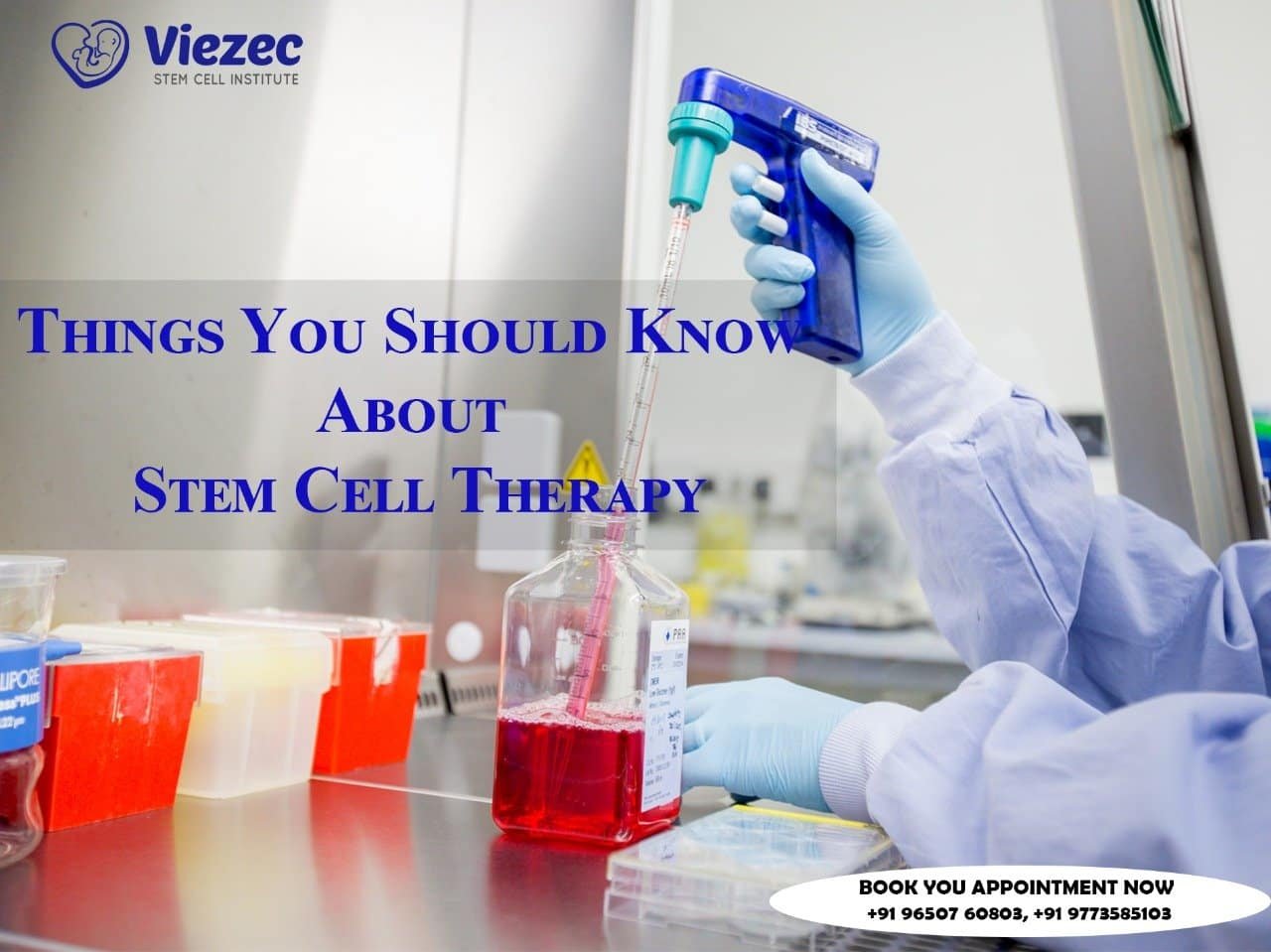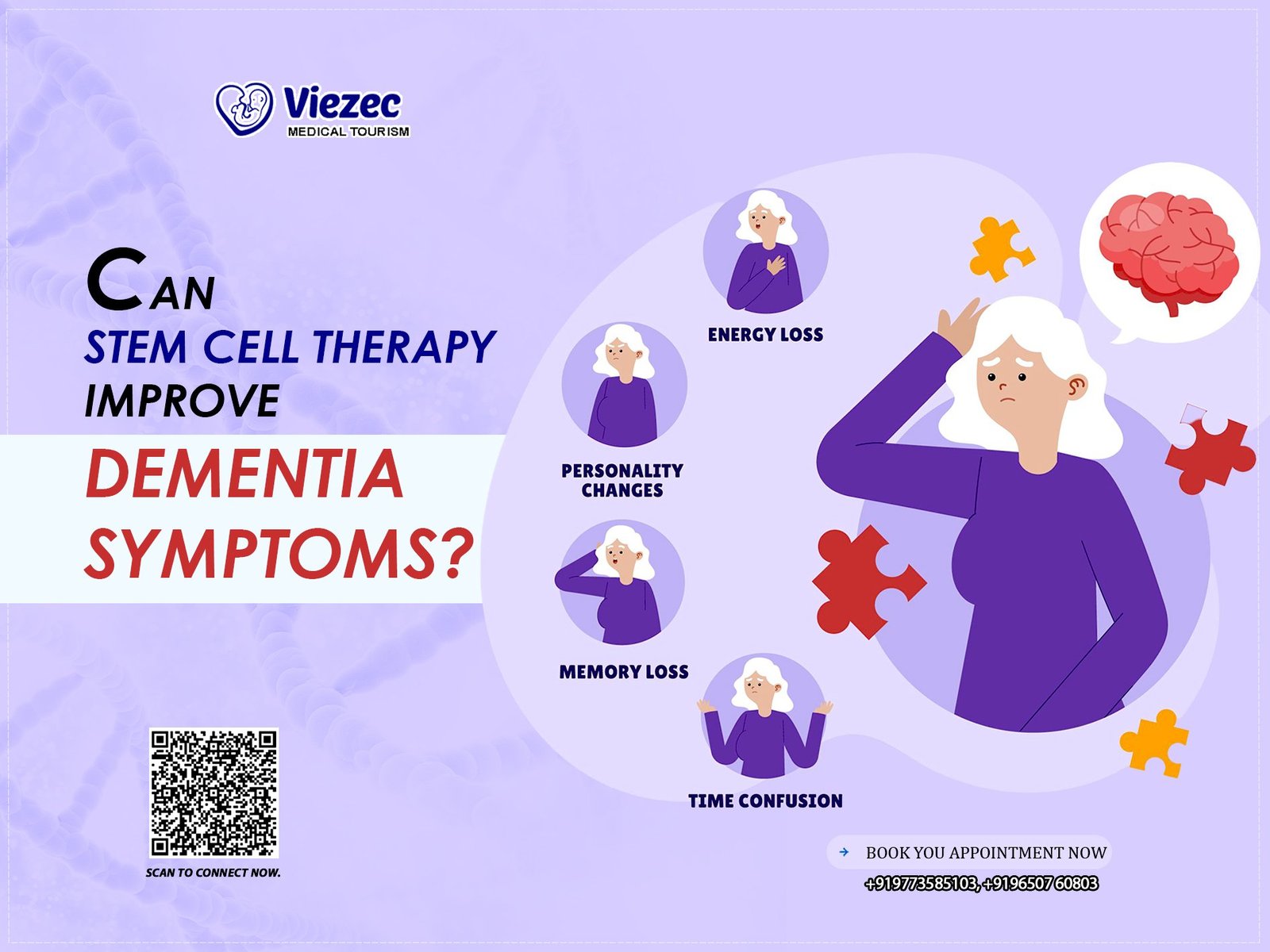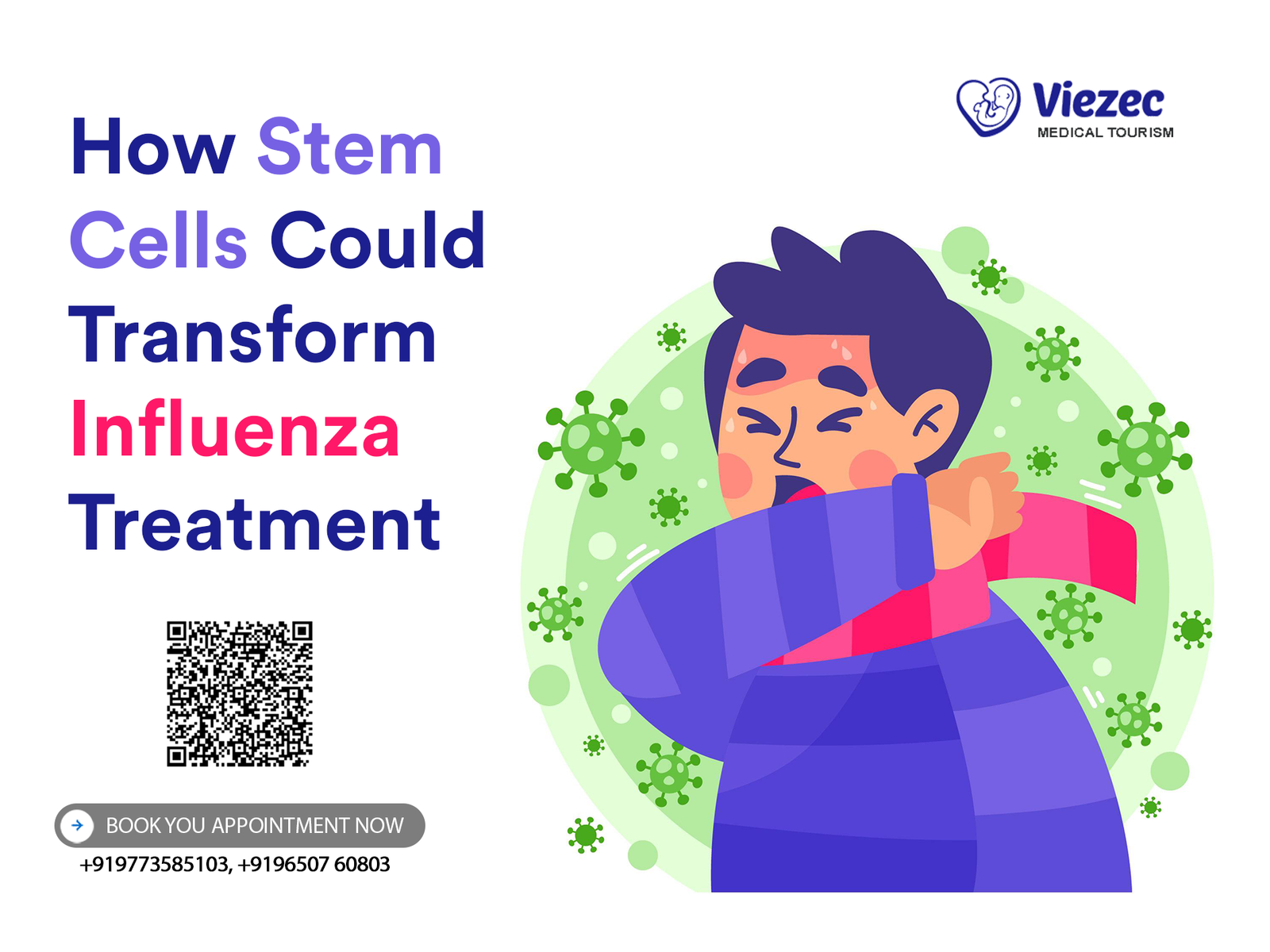Stem cell therapy is a revolutionary medical treatment that involves the use of stem cells to repair or replace damaged tissues and organs. Stem cells have the unique ability to develop into various types of cells, making them a versatile tool in regenerative medicine. This therapy is being explored for its potential to treat a wide range of conditions, from injuries and degenerative diseases to genetic disorders. By harnessing the power of stem cells, scientists and doctors aim to restore normal function and improve the quality of life for patients.
History and Evolution
The concept of stem cell therapy dates back to the early 20th century, but significant advancements were made in the latter half of the century. In 1961, scientists James Till and Ernest McCulloch discovered the existence of stem cells, laying the groundwork for future research. The first successful bone marrow transplant, a form of stem cell therapy, was performed in 1968. Since then, the field has evolved rapidly, with breakthroughs such as the isolation of human embryonic stem cells in 1998 and the development of induced pluripotent stem cells (iPSCs) in 2006. These milestones have paved the way for numerous clinical applications and ongoing research into new therapies.
Key Terminologies
Understanding stem cell therapy requires familiarity with key terminologies. “Pluripotent” refers to the ability of a stem cell to differentiate into almost any cell type. “Differentiation” is the process by which a stem cell develops into a specific cell type. “Regeneration” involves the repair or replacement of damaged tissues using stem cells. “Embryonic stem cells” are derived from early-stage embryos and can differentiate into any cell type. “Adult stem cells,” found in various tissues, have a more limited differentiation potential. “Induced pluripotent stem cells (iPSCs)” are adult cells reprogrammed to behave like embryonic stem cells. “Mesenchymal stem cells (MSCs)” are multipotent cells that can differentiate into bone, cartilage, and fat cells.
Types of Stem Cells
Embryonic Stem Cells
Embryonic stem cells are derived from early-stage embryos, typically from blastocysts, which are about five days old. These cells are pluripotent, meaning they have the potential to develop into any cell type in the body. This makes them incredibly valuable for research and potential therapeutic applications. However, the use of embryonic stem cells raises ethical concerns, as their extraction involves the destruction of the embryo. Despite this controversy, they remain a crucial resource for understanding developmental biology and for developing regenerative therapies.
Adult Stem Cells
Adult stem cells, also known as somatic stem cells, are found in various tissues throughout the body, such as the bone marrow, brain, and liver. Unlike embryonic stem cells, they are multipotent, meaning they can develop into a limited range of cell types related to their tissue of origin. For example, hematopoietic stem cells in the bone marrow can differentiate into different types of blood cells. Adult stem cells play a vital role in maintaining and repairing tissues. They are less controversial than embryonic stem cells, as their use does not involve the destruction of embryos.
Induced Pluripotent Stem Cells (iPSCs)
Induced pluripotent stem cells (iPSCs) are adult cells that have been genetically reprogrammed to an embryonic stem cell-like state. This breakthrough was first achieved in 2006 by Shinya Yamanaka, who showed that introducing specific genes could reprogram adult cells to become pluripotent. iPSCs offer a promising alternative to embryonic stem cells, as they can be generated from a patient’s own cells, reducing the risk of immune rejection and ethical issues. They have vast potential in personalized medicine, disease modeling, and drug discovery.
Mesenchymal Stem Cells (MSCs)
Mesenchymal stem cells (MSCs) are multipotent stem cells that can differentiate into a variety of cell types, including bone, cartilage, and fat cells. They are typically found in the bone marrow, but can also be isolated from other tissues such as fat and umbilical cord blood. MSCs are of particular interest in regenerative medicine due to their ability to modulate the immune response, promote tissue repair, and differentiate into various cell types. They are being explored for their potential in treating conditions like osteoarthritis, cardiovascular diseases, and autoimmune disorders.
Mechanism of Action
How Stem Cells Work
Stem cells work through their unique ability to self-renew and differentiate into various cell types. When introduced into a damaged tissue, they can either directly replace the damaged cells or secrete bioactive molecules that stimulate the body’s own repair mechanisms. This dual mechanism makes stem cells highly effective in promoting tissue regeneration and healing. Researchers are continuously studying the intricate signaling pathways and environmental cues that guide stem cell behavior to enhance their therapeutic potential.
Differentiation and Regeneration
Differentiation is the process by which stem cells transform into specific cell types, such as muscle cells, nerve cells, or blood cells. This process is crucial for the development, growth, and repair of tissues. Regeneration involves the replacement or repair of damaged tissues using stem cells. In stem cell therapy, scientists aim to direct the differentiation of stem cells to generate the desired cell types needed for tissue repair. By understanding and controlling differentiation, researchers can develop targeted treatments for various diseases and injuries.
Paracrine Effects
Paracrine effects refer to the way stem cells influence their surrounding environment by secreting signaling molecules such as growth factors, cytokines, and extracellular vesicles. These molecules can modulate the behavior of nearby cells, promote tissue repair, reduce inflammation, and enhance cell survival. Paracrine effects are a key aspect of stem cell therapy, as they help create a supportive environment for tissue regeneration. Understanding these effects is essential for optimizing stem cell-based treatments and developing new therapeutic strategies.
Applications in Medicine
Orthopedics and Sports Medicine
Stem cell therapy has shown significant promise in orthopedics and sports medicine. It is being used to treat a variety of musculoskeletal conditions, including osteoarthritis, tendon injuries, and cartilage damage. For instance, mesenchymal stem cells (MSCs) can be injected into joints to reduce inflammation and promote the regeneration of cartilage. Athletes are increasingly turning to stem cell therapy to accelerate recovery from injuries and enhance tissue repair. Clinical studies have demonstrated improved outcomes, reduced pain, and enhanced function in patients receiving stem cell treatments for orthopedic conditions.
Neurological Disorders
Neurological disorders, such as Parkinson’s disease, Alzheimer’s disease, and spinal cord injuries, pose significant challenges due to the limited regenerative capacity of the nervous system. Stem cell therapy offers a potential solution by replacing damaged or lost neurons and supporting neural repair. Researchers are exploring the use of neural stem cells and iPSCs to generate neurons and glial cells for transplantation. Early clinical trials have shown promising results, with some patients experiencing improved motor function and cognitive abilities. However, more research is needed to fully understand the long-term benefits and risks.
Cardiovascular Diseases
Cardiovascular diseases, including heart attacks and heart failure, are leading causes of death worldwide. Stem cell therapy aims to repair damaged heart tissue and improve cardiac function. Researchers are investigating the use of various stem cells, such as MSCs, iPSCs, and cardiac stem cells, to regenerate heart muscle and blood vessels. Clinical trials have shown that stem cell therapy can improve heart function, reduce scar tissue, and enhance quality of life in patients with heart disease. The paracrine effects of stem cells, including the secretion of growth factors and cytokines, play a crucial role in these regenerative processes.
Autoimmune Diseases
Autoimmune diseases occur when the immune system mistakenly attacks the body’s own tissues. Stem cell therapy holds potential for treating autoimmune conditions like multiple sclerosis, rheumatoid arthritis, and lupus. Hematopoietic stem cell transplantation (HSCT) has been used to reset the immune system and induce remission in some patients with severe autoimmune diseases. MSCs are also being studied for their immunomodulatory properties, which can help reduce inflammation and modulate immune responses. These therapies offer hope for patients who have not responded to conventional treatments.
Cosmetic and Anti-Aging Treatments
Stem cell therapy is gaining popularity in the field of cosmetic and anti-aging medicine. It is being used for skin rejuvenation, hair restoration, and facial volume enhancement. Adipose-derived stem cells (ASCs) are commonly used for these applications, as they can be easily harvested from a patient’s fat tissue. These cells can promote the regeneration of skin, stimulate hair growth, and restore youthful appearance. Stem cell-based treatments offer a natural and minimally invasive alternative to traditional cosmetic procedures, with the potential for long-lasting results.
Benefits of Stem Cell Therapy
Potential for Regeneration
One of the most significant benefits of stem cell therapy is its potential for regeneration. Unlike conventional treatments that only manage symptoms, stem cell therapy aims to repair and regenerate damaged tissues, addressing the root cause of the problem. This regenerative potential is particularly valuable in conditions where the body’s natural healing processes are insufficient. For example, in degenerative diseases like osteoarthritis or spinal cord injuries, stem cell therapy can promote the growth of new, healthy tissue, leading to improved function and quality of life.
Reduced Need for Surgery
Stem cell therapy offers a less invasive alternative to traditional surgical procedures. For many conditions, stem cell treatments can be administered through injections, avoiding the risks and complications associated with surgery. This is especially beneficial for patients who are not ideal candidates for surgery due to age, underlying health conditions, or other factors. By reducing the need for surgery, stem cell therapy can lead to faster recovery times, lower healthcare costs, and decreased patient burden.
Personalized Treatment Approaches
Stem cell therapy allows for personalized treatment approaches tailored to the individual patient’s needs. By using the patient’s own stem cells, the risk of immune rejection is minimized, and the therapy can be specifically designed to target the patient’s unique condition. This personalized approach is particularly advantageous in treating complex and multifactorial diseases. For example, in cancer treatment, researchers are exploring the use of iPSCs to generate personalized cancer vaccines. Personalized stem cell therapy holds the promise of more effective and safer treatments, improving patient outcomes.
Risks and Ethical Considerations
Potential Risks and Side Effects
While stem cell therapy holds great promise, it is not without risks. Potential side effects can include immune reactions, infection, and the formation of tumors. The source and type of stem cells used can also influence the risk profile. For instance, embryonic stem cells may have a higher risk of forming teratomas, a type of tumor, compared to adult stem cells. It is crucial for patients to be aware of these risks and to undergo treatments at reputable clinics that adhere to strict safety and ethical standards. Ongoing research aims to better understand and mitigate these risks.
Ethical Issues Surrounding Embryonic Stem Cells
The use of embryonic stem cells raises significant ethical concerns, primarily because their extraction involves the destruction of embryos. This has led to ethical debates and regulatory challenges in many countries. Proponents argue that the potential benefits of embryonic stem cell research justify its use, while opponents believe it is unethical to destroy embryos for research purposes. These ethical issues have influenced public policy and funding decisions, leading to varying regulations worldwide. Advances in alternative sources of pluripotent stem cells, such as iPSCs, aim to address some of these ethical concerns.
Regulatory and Legal Aspects
Stem cell therapy is subject to regulatory oversight to ensure patient safety and ethical standards. Regulatory agencies, such as the U.S. Food and Drug Administration (FDA) and the European Medicines Agency (EMA), have established guidelines for the development and use of stem cell-based therapies. These regulations cover aspects such as clinical trial design, manufacturing practices, and marketing approval. Legal aspects also come into play, particularly regarding the use of embryonic stem cells and the commercialization of stem cell treatments. Compliance with regulatory and legal requirements is essential for the safe and ethical advancement of stem cell therapy.
Current Research and Clinical Trials
Overview of Ongoing Research
Ongoing research in stem cell therapy is vast and multidisciplinary, spanning various fields of medicine and biology. Scientists are exploring the potential of stem cells to treat a wide range of conditions, from genetic disorders to age-related diseases. Research efforts focus on understanding the mechanisms of stem cell differentiation, improving stem cell delivery methods, and enhancing the safety and efficacy of treatments. Advances in gene editing technologies, such as CRISPR, are also being integrated with stem cell research to develop novel therapies for genetic diseases.
Significant Clinical Trials
Significant clinical trials are underway to evaluate the safety and efficacy of stem cell therapies in treating various conditions. For example, clinical trials are investigating the use of stem cells for treating spinal cord injuries, heart disease, and diabetes. These trials are conducted in multiple phases, starting with small-scale studies to assess safety, followed by larger trials to evaluate efficacy and optimal dosing. Promising results from early-phase trials have led to the initiation of larger, more comprehensive studies. The outcomes of these trials will determine the future clinical applications of stem cell therapies.
Promising Breakthroughs
Recent years have witnessed several promising breakthroughs in stem cell research and therapy. One notable example is the development of bioengineered tissues and organs using stem cells. Scientists have successfully grown functional organoids, such as mini-brains and mini-livers, in the lab, offering potential for transplantation and disease modeling. Another breakthrough is the use of gene-edited stem cells to treat genetic disorders like sickle cell anemia. These advances highlight the transformative potential of stem cell therapy and pave the way for future innovations in regenerative medicine.
Procedure and Treatment Process
Pre-Treatment Evaluation
Before undergoing stem cell therapy, patients undergo a thorough pre-treatment evaluation to assess their suitability for the treatment. This evaluation typically includes a detailed medical history, physical examination, and diagnostic tests such as blood tests and imaging studies. The goal is to identify any underlying health conditions, evaluate the extent of tissue damage, and determine the most appropriate source and type of stem cells for the treatment. A comprehensive pre-treatment evaluation ensures that the therapy is tailored to the patient’s specific needs and maximizes the likelihood of a successful outcome.
Harvesting and Processing Stem Cells
Harvesting and processing stem cells involve several steps to obtain high-quality cells for therapy. Depending on the type of stem cells needed, harvesting may involve procedures such as bone marrow aspiration, fat tissue extraction, or blood collection. Once harvested, the stem cells are processed in a laboratory to isolate and purify them. This may include techniques such as cell sorting, expansion, and cryopreservation. The processed stem cells are then prepared for administration, ensuring they meet the required standards for safety and efficacy.
Administration Methods
The administration of stem cell therapy can vary depending on the condition being treated and the type of stem cells used. Common methods of administration include injections directly into the affected tissue, intravenous infusions, and surgical implantation. For example, in orthopedic conditions, stem cells may be injected into joints or tendons, while in cardiovascular diseases, they may be delivered via catheter into the heart. The choice of administration method is guided by factors such as the target tissue, the severity of the condition, and the desired therapeutic outcomes.
Patient Experience and Testimonials
Case Studies
Case studies provide valuable insights into the real-world application of stem cell therapy and its impact on patients’ lives. For instance, a case study of a patient with severe osteoarthritis who received stem cell injections showed significant pain relief and improved joint function within months of treatment. Another case study documented a patient with spinal cord injury who experienced partial motor recovery following stem cell transplantation. These case studies highlight the potential benefits of stem cell therapy and underscore the importance of individualized treatment plans.
Success Stories
Success stories from patients who have undergone stem cell therapy are inspiring and provide hope to others considering this treatment. For example, a professional athlete who suffered a career-threatening tendon injury was able to return to competitive sports after receiving stem cell therapy. Another success story involves a patient with heart failure who experienced improved cardiac function and quality of life following stem cell treatment. These stories illustrate the transformative impact of stem cell therapy and its potential to change lives.
Patient Testimonials
Patient testimonials offer a personal perspective on the experience of undergoing stem cell therapy. Patients often share their journey, from the initial diagnosis and decision to pursue stem cell therapy to the treatment process and outcomes. Testimonials can provide valuable information on the effectiveness of the therapy, the recovery process, and the overall patient experience. Hearing directly from patients who have benefited from stem cell therapy can be reassuring and informative for others considering this treatment option.
Cost and Accessibility
Treatment Costs
The cost of stem cell therapy can vary widely depending on factors such as the type of stem cells used, the condition being treated, and the location of the treatment center. In general, stem cell treatments can be expensive, with costs ranging from several thousand to tens of thousands of dollars. These costs may include pre-treatment evaluations, harvesting and processing of stem cells, administration, and follow-up care. Patients should carefully consider the costs and seek treatment at reputable clinics that provide transparent pricing and comprehensive care.
Insurance Coverage
Insurance coverage for stem cell therapy varies by country and insurance provider. In some cases, certain types of stem cell treatments may be covered, particularly if they are part of an approved clinical trial or if they are considered medically necessary. However, many stem cell therapies, especially those that are experimental or not yet widely accepted, may not be covered by insurance. Patients should check with their insurance providers to understand the extent of coverage and explore alternative funding options if needed.
Accessibility in Different Regions
Accessibility to stem cell therapy can vary significantly depending on the region. In some countries, advanced stem cell treatments are readily available at specialized clinics and hospitals. In other regions, access may be limited due to regulatory restrictions, lack of specialized facilities, or high costs. Patients seeking stem cell therapy may need to travel to countries with more advanced treatment options or participate in clinical trials to access cutting-edge therapies. It is important for patients to research and choose reputable treatment centers that adhere to international standards of care.
Frequently Asked Questions
1. What conditions can stem cell therapy treat?
Stem cell therapy can potentially treat a wide range of conditions, including orthopedic injuries, neurological disorders, cardiovascular diseases, autoimmune diseases, and cosmetic concerns. However, the effectiveness of the therapy varies depending on the condition and individual patient factors.
2. Are there any risks associated with stem cell therapy?
Yes, there are potential risks and side effects associated with stem cell therapy, including immune reactions, infection, and the formation of tumors. It is important to undergo treatment at reputable clinics that adhere to strict safety and ethical standards.
3. How long does it take to see results from stem cell therapy?
The timeline for seeing results from stem cell therapy varies depending on the condition being treated and the individual patient’s response. Some patients may experience improvements within weeks, while others may take several months to see significant benefits.
4. Is stem cell therapy covered by insurance?
Insurance coverage for stem cell therapy varies by country and insurance provider. Some treatments may be covered if they are part of an approved clinical trial or considered medically necessary, but many experimental therapies may not be covered.
5. Where can I learn more about stem cell therapy?
For more information about stem cell therapy, you can visit reputable medical websites, consult with healthcare professionals, or explore scientific literature on the topic. It’s important to gather information from reliable sources to make informed decisions about treatment options.









